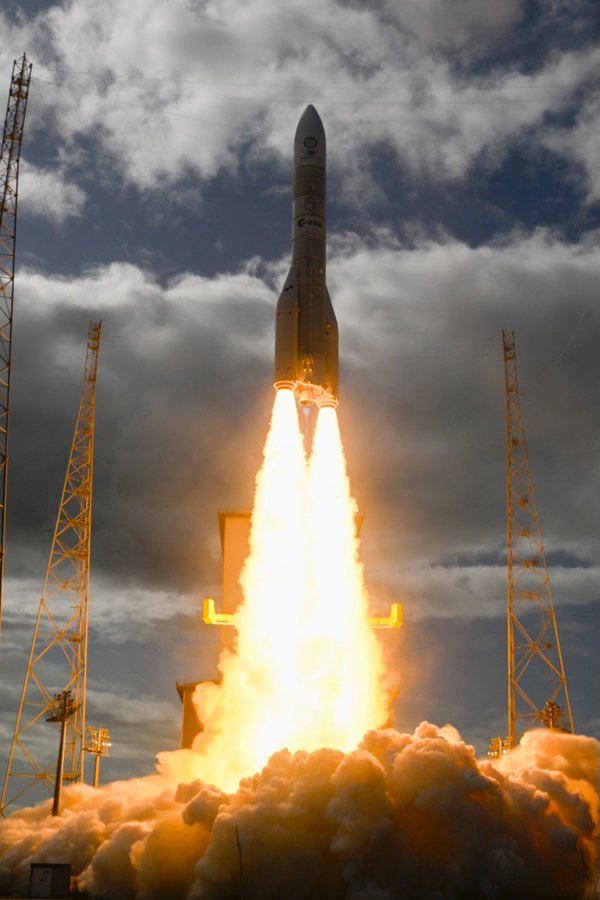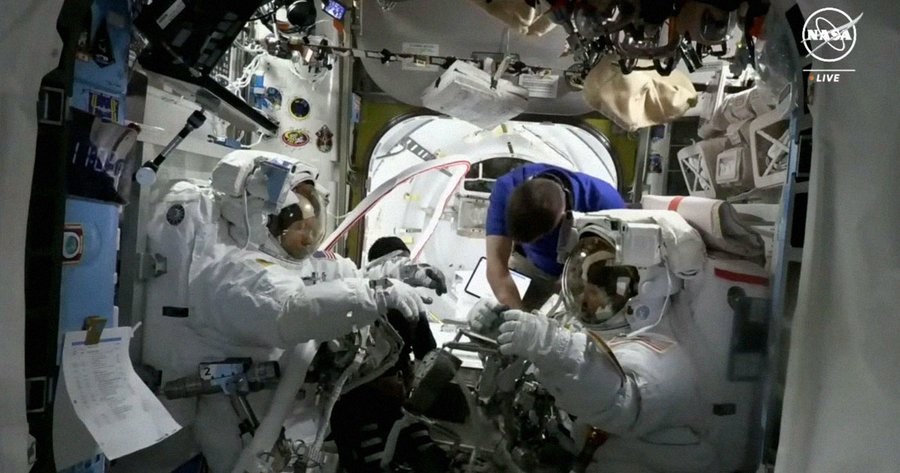North Korea’s latest satellite launch attempt, which is set to occur from 12th April onwards, is to take place from the Tongchang-ri launch site, North of Pyongyang. The Kwangmyongsong-3 satellite is to use a Unha 3 three stage launch vehicle (a derivative of the Taepodong missile) to fly into a near polar orbit and will use an imaging payload to image the Earth.
Tongchang-ri is a different launch site from the Musudan-ri launch site of two previous Uhna launches, both of which failed to achieve orbit. Some analysts suspect that these flights were never intended to do so and were actually Taipodong ballistic missile tests. This time North Korea is making a more convincing case that their launch is serious about putting a satellite into orbit. It has invited space experts and journalists from several countries to observe the launch.
While some nations declined to send any space experts citing that the UN had urged North Korea not to perform the launch, those experts and journalists who are attending were surprised to be shown the actual satellite to be flown which was not apparently in clean-room conditions. In other words, the flight is suspected to be more about testing capability of the rocket rather than the spacecraft.
To achieve the planned orbit, a launch trajectory is set to head southwards, just skirting islands near South Korea, before heading over the Philippines. For air and shipping safety, North Korea has released a NOTAM (Notice to Air Men) warning with details of its expected rocket stage landing zones in the Yellow Sea and Philippine Sea.







